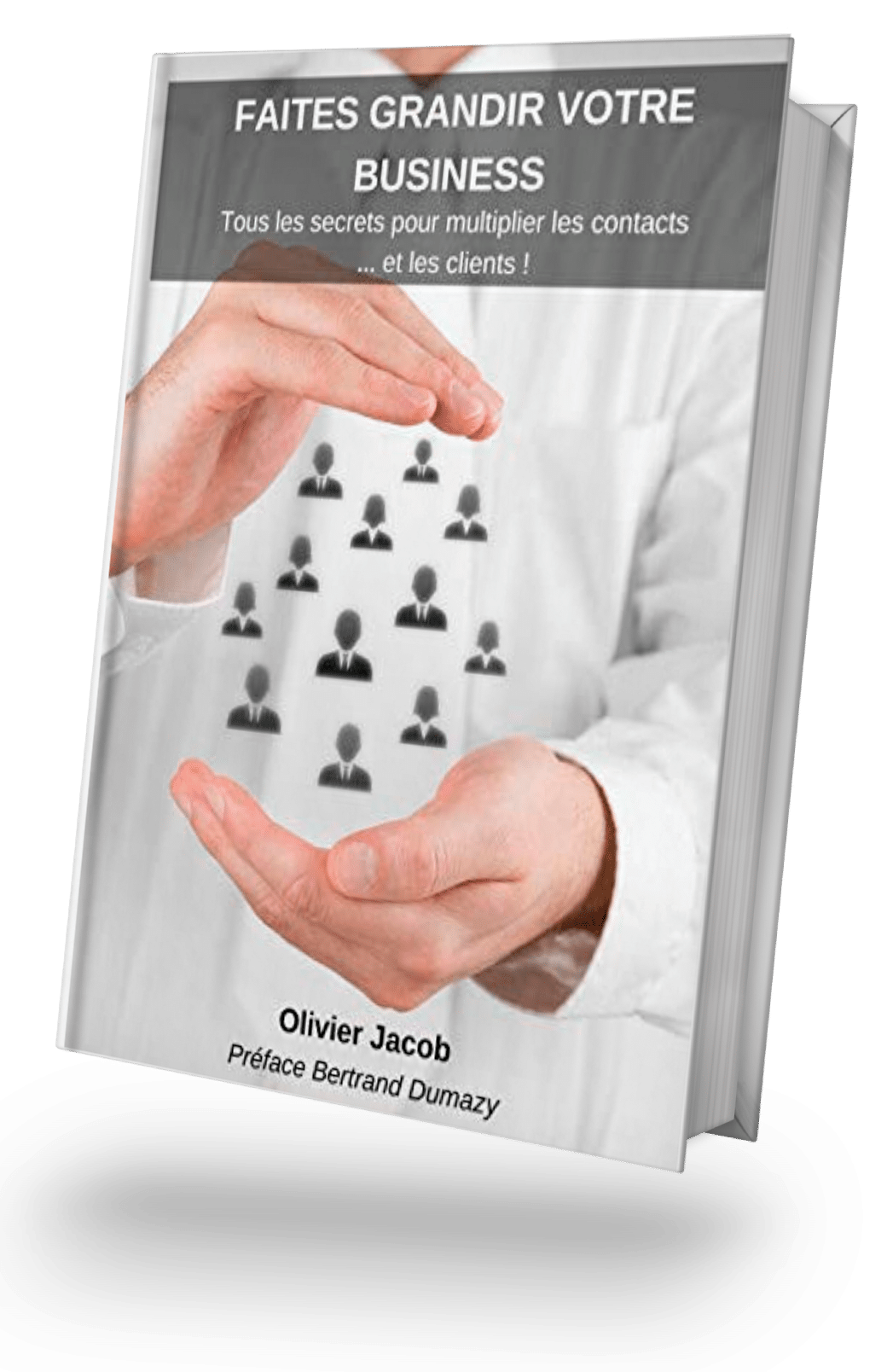
Certification reference
Successful strategic decision-making in an organization
Competency framework
C1. Collect and explore all data to obtain information useful for decision-making, distinguishing between proven, objective information and information based on opinionopinions and interpretations so as not to be influenced, and to take control of the strategic and well-founded decision-making process.
C1. Collect and explore all data to obtain information useful for decision-making, distinguishing between proven, objective information and information based on opinions, views and interpretations, so as not to be influenced and to take control of the strategic, well-founded decision-making process.
C2. Conducts strategic thinking around the problem posed for which a decision needs to be made, the tasks to be carried out as a result and the "ideal" result to be achieved, taking care to remain aligned with one's values and those of the company, including societal issues such as taking account of disabilities, allowing oneself to follow one's intuitions while thwarting the various obstacles (convictions from the past, etc.) and pitfalls (fears, etc.) in order to bring out several original and innovative options.
C3. Project the implementation scenarios of possible options, anticipating the consequences (financial, human, technical, etc.), the impacts in relation to societal issues (CSR, inclusion, disability, etc.), and the influencing factors in relation to environmental components, in order to identify the risks and opportunities and opt for the decision offering the best value.
C4. Test the chosen decision by taking advice from the various stakeholders, checking its application in a real-life situation, validating it through a set of questions (relevance of the decision in the short- medium-long term, alignment with the company's strategic values, realism of the decision and consideration of the consequences induced) in order to validate it and ensure the commitment produced on employees.
C5. Execute the decision through a controlled action plan, legitimizing it in relation to the reasons that led to it, mobilizing the resources necessary for its implementation (internal relays, material and logistical resources, etc.), and providing corrective solutions according to the results of the control, so that the decision can be adapted with agility to unforeseen circumstances and guarantee the achievement of the targeted objectives.
Evaluation methods
Professional simulation of strategic decision-making in a managerial context.
(Production of a written document and oral presentation)
Based on a real-life situation in a managerial context that must be described, the candidate presents a strategic decision that he or she has taken.
The candidate will produce a written presentation, in the form of a slide show, in which he will explain :
- Managerial context, challenges and issues
- The real-life decision-making situation
- Justification of the strategic nature of decision-making.
The candidate must then describe his or her approach to gathering information to inform and help decision-making, and the method used to sort and select useful data (in connection with C1).
On the basis of the information gathered and sorted, the candidate must explain the process of reflection followed in relation to the issue giving rise to the decision, in his or her specific professional context.
Several lines of thought should be proposed and justified by the candidate. The candidate will be asked in particular about the pitfalls that can lead to a decision error (in connection with C2).
An analysis should also be included in the written document, highlighting the advantages and disadvantages of the different options proposed, and how they can be put into perspective in a professional situation, as well as the risks associated with each option (in connection with C3).
The candidate will be questioned by the jury on the proposals and analyses contained in the written material presented, and will then be asked about the decision-making situation in relation to the other stakeholders, as well as his or her validation approach (in relation to C4).
Finally, the candidate will be challenged by the jury on the action plan for implementing the decision taken. Discussions with the assessment panel will be based on the action plan proposed in the written support (linked to C5).
Evaluation criteria
Criteria for C1 competence
- A description of the managerial context and the problem to be solved defines the scope of the decision-making process.
- The difference between a tactical decision with no stakes and a strategic decision is justified. The candidate identifies the level of impact of the decision to be taken on the organization.
- The selection of information demonstrates that the candidate has relied on objective elements based on reliable sources and proven data.
Criteria for C2 competence
The candidate's approach to his decision-making mechanism demonstrates that :
- We take into account the broad outlines of the company (policy, general strategy, values, consideration of disability, etc.) as well as the resources available or that can be mobilized.
- an opening is made to widen the field of possibilities and allow several proposals to emerge
- the main internal and external obstacles and pitfalls are identified (ego, fear, excess positivity or negativity, excess or lack of data, bad timing, etc.).
The candidate proposes several avenues of reflection based on the above approach.
Criteria for Competence C3
The various options are evaluated to identify the advantages, disadvantages, opportunities and risks of each option in relation to criteria such as :
- Probability of achieving objectives.
- The impact of each option.
- The ability of stakeholders to accept the options envisaged.
- Durability of options.
- Costs and investments related to the options chosen.
Factors influencing decision-making are identified:
- Economic, political, technological, sociological and ecological influences...
- Influences linked to the market, competition, customers, partners, suppliers, opinions of the general public, employees, shareholders...
- Influences on societal issues (CSR, inclusion, disability, diversity, etc.).
The candidate explores the risks associated with the various implementation scenarios identified, including:
- The nature and severity of the potential impact of these risks.
- The plausibility/probability of these risks occurring.
- The impact in terms of resources needed to mitigate this risk
The risk typology is identified and justified in relation to the candidate's context.
Criteria for competence C4
- The need to involve and engage the various stakeholders in decision-making is justified.
- The need to ensure the feasibility and sustainability of options is justified.
- The typology of questions to ask and the approach for involving stakeholders to react and participate in decision-making are defined and explained in their specific context.
- The candidate demonstrates that his approach to validating the decision is structuring and reassuring:
- The decision taken has been projected into the near and distant future, so as to assess its relevance over time.
- The decision is aligned with the company's values, mission, vision, strategy and objectives.
- The decision is realistic and achievable in financial, marketing and human terms.
- The decision is measured against the risks involved.
- The decision has the support of all stakeholders.
Criteria for C5 competence
Depending on the decision taken, the action plan proposed by the candidate for its implementation :
- Takes into account the various stakeholders involved.
- An execution schedule
- Resources to mobilize.
The candidate presents the implementation of a strategic decision on the same level as project management, for which it is necessary to provide :
- Acknowledgement of risks and corrective actions to be taken to mitigate them.
- An operating procedure for monitoring and controlling the various stages in implementing the decision.
- An engaging way of communicating about the decision taken.



